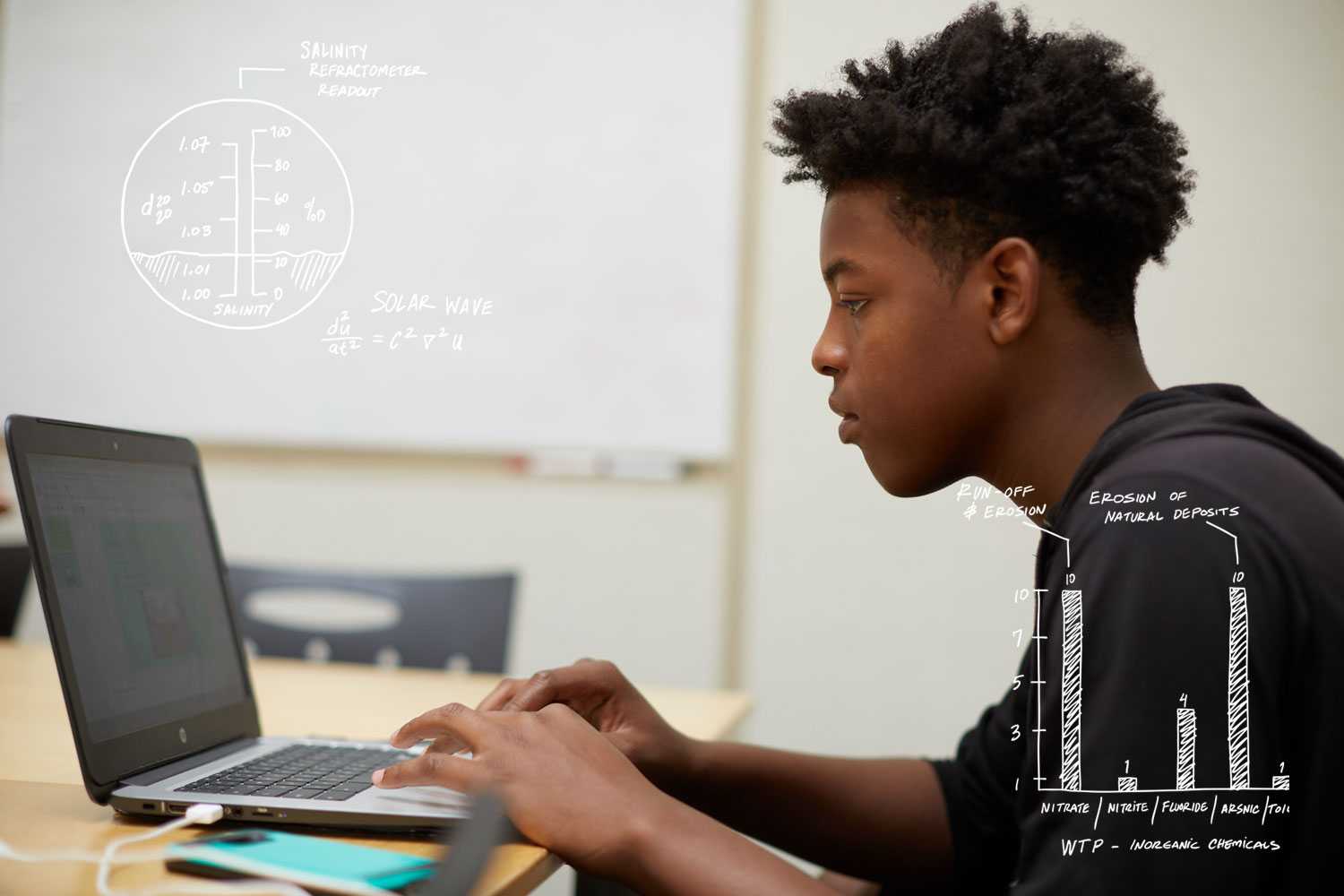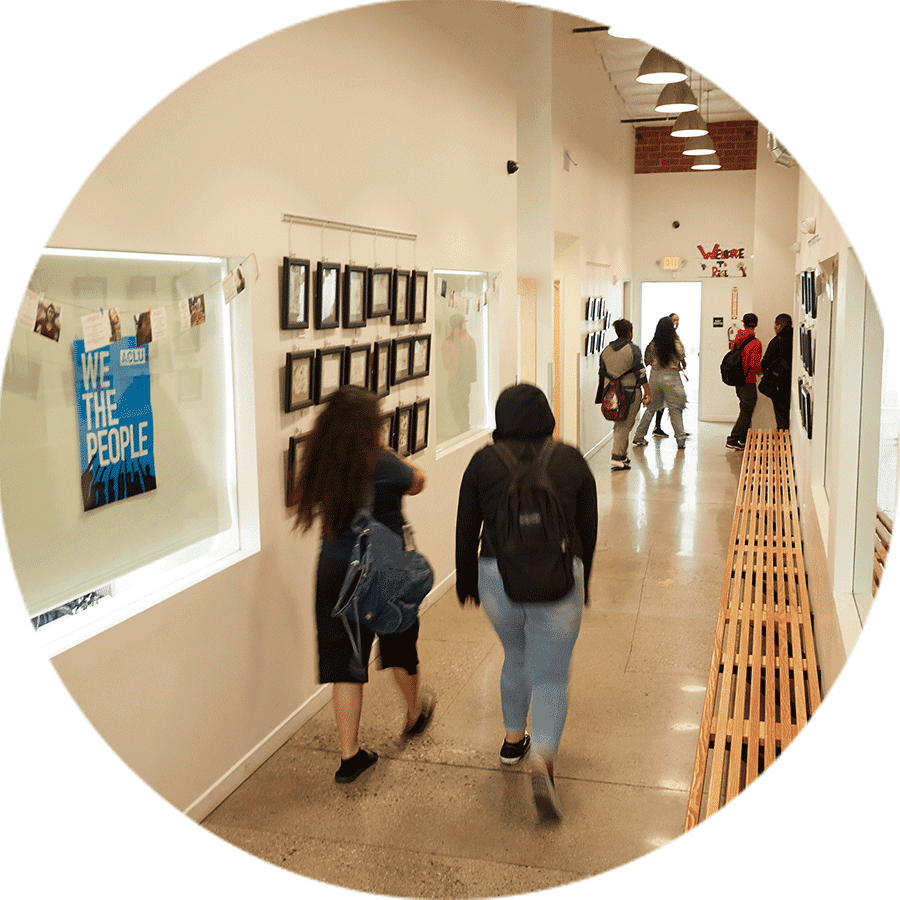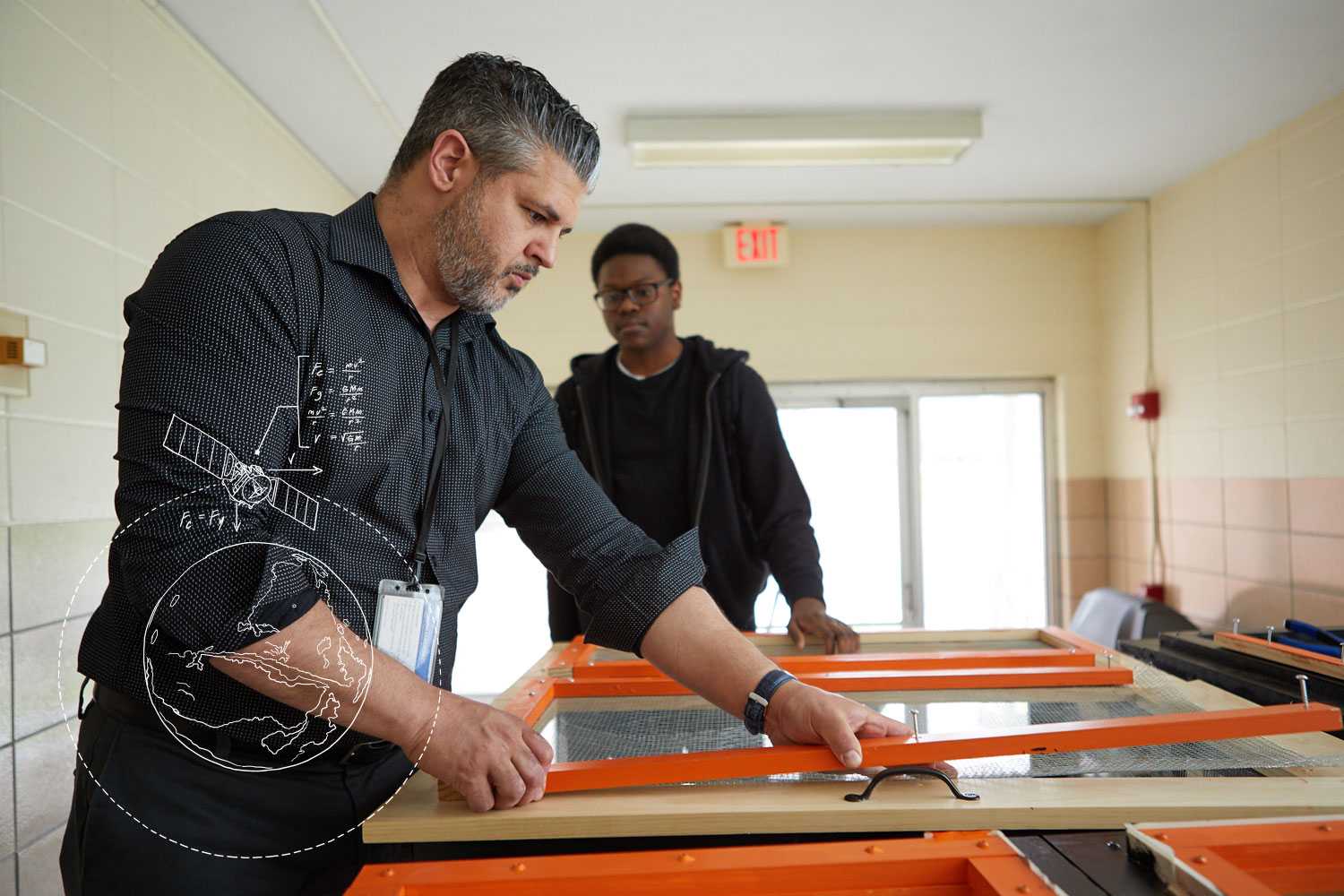2. An effective budget advances the core priorities of a school.

Innovative school models often use resources flexibly and responsively.
Fact:
Across the country, the U.S. spends approximately $1,000 less per pupil on students educated in our nation’s highest poverty districts than those educated in the wealthiest.
Source: Education Trust
Every element of a school design or redesign has budgetary implications. As a rule of thumb, remember that 80% of school and district budgets typically go to staffing, often based on state and district formulas. So it’s tremendously important to consider both how to use staffing strategically and how to make the most of the remaining 20%.
For example, if your school design calls for recruiting and training teacher fellows, bringing on artists or other nontraditional educators, or investing in coaching, mentoring, and other learning experiences for teachers, each needs to be planned for and included in the budget. The same is true for tutoring, youth services, arts experiences, or community-based learning experiences. New and redesigned schools often require substantial upfront costs, too, for things like purchasing specialized equipment, setting up a learning management system, or reconfiguring space.
All these items are costly, and trade-offs are an inevitable part of the budgeting process. Which aspects of a school design are most important? How can they be prioritized creatively? And how can you keep equity at the forefront?
It’s also important to understand how much autonomy your school will have in how it spends its resources. In most cases, the answer is “not very much,” but the answer varies, depending on state and local policies and whether a school is a district or charter school.
Whatever a school’s level of budget authority, the main objective year over year is to prioritize the operational and programmatic elements that matter most to the success and well-being of students. A smart budget process therefore begins with a candid assessment of the impact of each item, especially when flexible money is scarce, and leaves room for annual or more frequent adjustments.
“Most big-ticket [financial] decisions happen at the district level, so those at the school level have little or no involvement. Most principals have not been included in discussions about what things cost or about how to divvy up district funds that affect their buildings directly.”
MARGUERITE ROZA, Edunomics Lab, Georgetown University

Design-Driven School Budgeting
Dive Deep
![students in a school hallway]() Budget Hold’em for Schools
Budget Hold’em for SchoolsSmart trade-offs are the name of the game. Use this tool from Education Resource Strategies to play on your own or with a team.
Read![a teacher and students woorking]() Education Resource Equity Diagnostic
Education Resource Equity DiagnosticAre resources allocated equitably in your community or school? This toolkit from the Alliance for Resource Equity will help you find answers.
Read![teacher at blackboard educating students]() Staffing for Personalized Learning
Staffing for Personalized LearningFor Brooklyn LAB, personalized learning and a pipeline of diverse, well-prepared teachers are big priorities. This brief from Public Impact explains the creative funding model that makes them possible.
Read![a teacher smiling]() Breaking Down School Budgets
Breaking Down School BudgetsThis blog post by researcher Marguerite Roza for Education Next explains why it’s important to follow the dollars into the classroom to craft an effective budget.
Read
Analyze
Wise allocation of resources can advance educational equity and prioritize the most important features of a school model.
Step 1 – Research
What are the 3-5 most essential elements of your school design? Which ones can probably be supported wholly through standard funding allocations—and which ones probably can’t? Consider nontraditional staffing, student internships or other distinctive learning experiences, community partnerships, student services, technology expenses, extracurricular program costs, and more.
Step 2 – Reflect
Discuss these questions with your team:
- How might you use—and stretch—standard per-pupil allocations to bring your vision to life?
- Where do you expect to need additional resources? How might you meet those needs through other sources of philanthropic, in-kind, or community support?
- What questions do you want to investigate further? Where might you seek information and advice?




